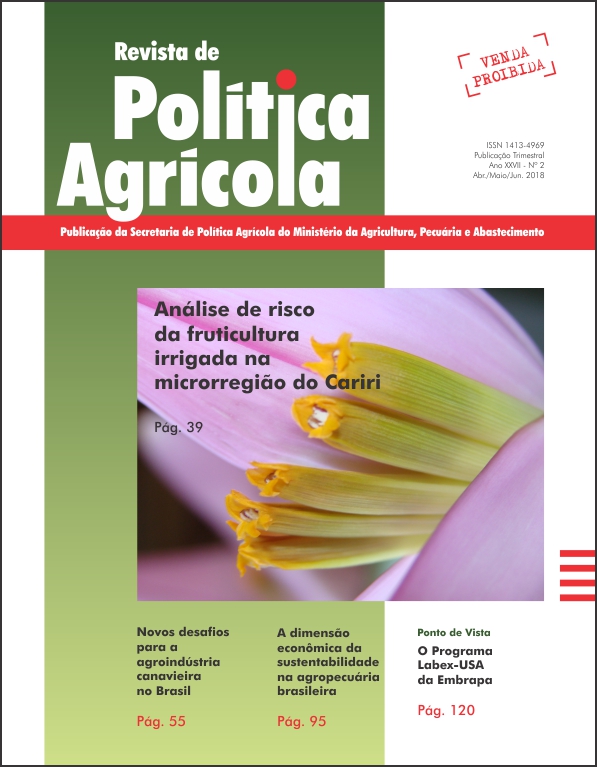The milk in the Brazilian Savannah: what to expect in gains of production and productivity
Keywords:
pasture milk production, potential, sustainable production, pasture recovery, technologyAbstract
From the 203.4 million hectares of the Brazil’s Savannah 89,4 million hectares is used for livestock production, of which 58,9 million with pastures and 30,5 million with agriculture. If one considers that, from the 1970s onwards, the Brazil’s Savannah became the biome with the greatest potential for expansion of national agricultural production; today alone, it accounts for 55% of meat, 28% of milk and 56% of grain production. The production expansion was supported, not only by incorporating new areas, but mainly by the increasing of productivity. On the other hand, more than four decades have passed and today it is estimated that half the area with the highest concentration of livestock activity in the Brazil’s Savannah has low productivity, with pasture quality below expectations and generating economic and environmental loss. If one considers the incorporation of technologies to recover one million hectares of degraded pastures, it is possible to project an increase in milk production of 9.6 million of tons. Identifying and mapping degraded pastures and soils and the exact location of these areas is the first step in implementing measures for their recovery. Information on appropriate technologies and quality data are essential for Savannah sustainable pasture management and recovery policies. This article discuss the gains in production and productivity with the reintegration of degraded pastures areas to the productive sector in a sustainable way, by means of the adoption of appropriate technologies.Downloads
Published
2018-12-26
How to Cite
Vilela, D., Andrade, R., & Leite, J. L. B. (2018). The milk in the Brazilian Savannah: what to expect in gains of production and productivity. Revista De Política Agrícola, 27(2), 66. Retrieved from https://rpa.sede.embrapa.br/RPA/article/view/1413
Issue
Section
Artigos Científicos


